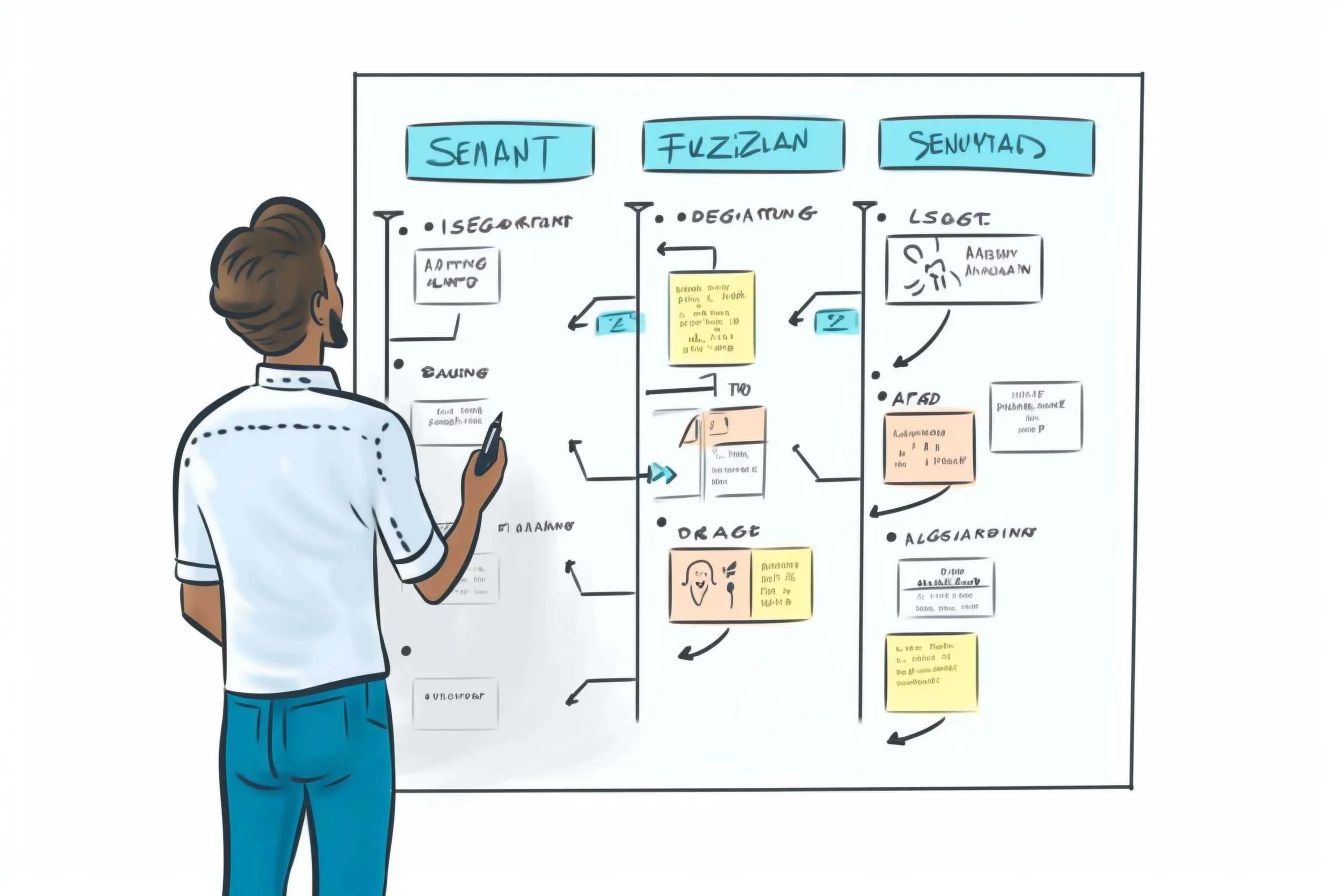
If your company falls in the category of trying to determine whether a B2B prospect meets the BANT (Budget, Authority, Need, and Timeframe) criteria in first contact, then we need to talk.
BANT was created by IBM in the 1960s as a method to qualify opportunities, which is much different than unlocking those four key pieces of information to close a deal. Because the desire for BANT meetings comes up in our conversations with sales professionals and clients, I want to talk about some of the myths surrounding this concept.
The key thing to remember is BANT is a way to qualify an opportunity. It is not a way to qualify a discovery meeting. The point of a discovery meeting is to uncover the BANT, which then leads to the conversation you are seeking about budget, authority, need, and timeframe. Therefore, you cannot effectively discover those details in a three to five-minute introductory phone call with a prospective client.
The Quest for a BANT Meeting - Where Salespeople Get Off Track
When you break down BANT, you will see how important it is to first determine whether the client is a fit, then assess their interest in your product, and follow through by securing a meeting. The goal of the discovery meeting is to determine if an opportunity exists.
Once in the discovery meeting, there are several key questions you need to ask to determine whether the opportunity is indeed a BANT opportunity.
- Budget - Does the client already have a budget approved for this project or investment?
- Authority - Do you know who the decision-makers are and do you have open communication with them? Do they know who you are as the solution provider?
- Need - Is there a problem that needs to be solved or opportunity that your prospect absolutely must take advantage of? Can you measure the impact that solving the problem will have on the business? More importantly, does your prospect recognize the problem or opportunity and want to see it changed or improved?
- Timeframe - Is there a known timeframe for when your prospect has to decide whether to purchase your solution?
All of these questions should be addressed in a discovery meeting that allows you to unlock the BANT. But, you have to go through the evaluation process first. It is not practical or even advisable to try to qualify an BANT opportunity on a cold call. This conversation takes time, often 30 minutes to an hour. Seeking BANT on a cold call is both inconsiderate to the client and unrealistic for you.
For example, if you get in contact with an “influencer” at a prospective B2B client, they will not have the authority or the budget to make a decision on whether to purchase your solution. Therefore, some of the information you need simply won’t be available at this point. Your contact may need to include others in the discovery meeting to complete the picture and check all of the BANT boxes.
The goal of that initial contact should be to get the client to recognize they have a problem or opportunity, to recognize that you have a solution, and to get them to acknowledge they need a solution. If they do not believe they have a need, they will not invest time in a future meeting with your company.
This step is vital in the sales process - it is not enough for the client to simply be aware of your solution; they have to recognize they need it. Trying to advance to a budget discussion before the prospect admits they need your solution will lead to a failed sales opportunity.
Why the ProSales Connection Prospecting Process Works
There are companies that will attempt to sell you a meeting with a qualified prospect that meets the BANT opportunity criteria. But, buyer beware. It is not realistic to successfully turn those meetings into closed deals.
Two things will likely happen.
Scenario One: A prospect that can answer all the BANT questions in just a few minutes on a cold call is usually so far down the decision-making process that you are too late to the party to have a chance to win the deal.
Scenario Two: Again, you are so late in the process that you may find yourself helping your prospects (and competition) by becoming a pawn in the negotiation game against the incumbent provider. It is rare that a salesperson will be able to take a deal away from a solution provider that has worked the deal for weeks or months and understands the needs of the prospect. And, in the instance where a salesperson is successful doing this, it is usually because they have drastically lowered the price to “win.”
In both cases, the outcome is not ideal for your company.
By contrast, the ProSales Connection prospecting strategy is centered on being early in the process to become the client’s trusted adviser.
If you try to jump to BANT before having a discovery meeting, you are moving too fast for most complex solution sales.
The goal should be to make early contact with the prospect, evaluate whether they are a “fit” for your solution, set up a discovery meeting to uncover the BANT, and drive their thinking and decision-making.
Value the Quality of Your Meetings!
A business that focuses on keeping their sales funnel full with high quality prospects that are in the early stages of the consideration process will generally outperform a business that is “trolling” through contacts looking for the rare BANT qualified deal that is further down the sales funnel.
Forcing the BANT qualification on your sales development reps or your lead generation partners will yield fewer opportunities and fewer closed deals in the long-run. If you insist on only passing BANT opportunities to your sales team, you might consider just using administrators to handle quotes and bid responses.
The key to successful sales is going through the process of becoming a trusted adviser to your prospects. A trained sales team can identify the client’s need or opportunity, introduce a solution, make a strong case for the solution to help the client acknowledge their need, and secure a high-quality meeting to unlock the BANT. This leads to a deal that you can win and a deal you want to win.
That is how successful companies do business to grow sales. If you still think BANT is the goal for a cold call, think again. And, read how the Active Demand Generation methodology will help your sales or marketing organization build stronger marketing funnels and sales pipelines without increasing the budget.







